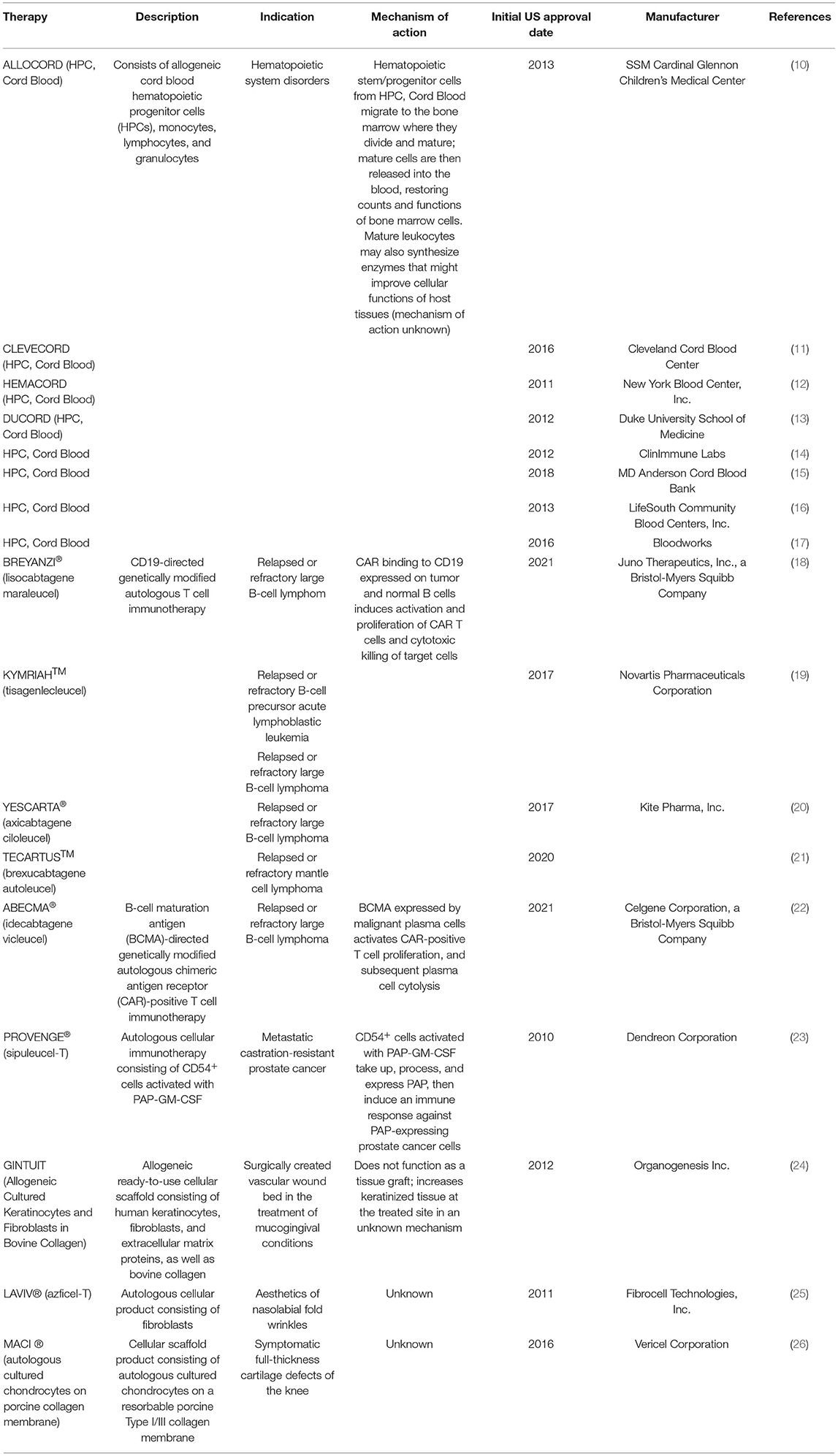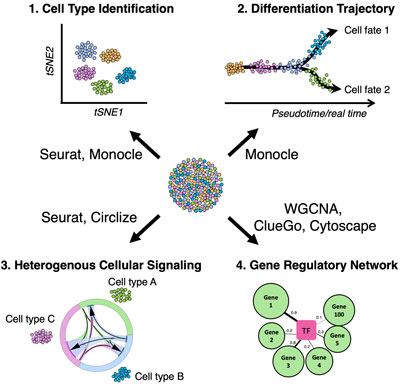Table of Contents

[/image][=video]
[/video]
By taking advantage of the regenerative capacity of stem cells or other regenerative cells, medical professionals can promote the formation of brand-new skin tissue, improve blood vessel growth, and stimulate the regeneration of damaged muscle or bone cells. This has considerable implications for the treatment of chronic injuries, burns, and distressing injuries, potentially lowering recovery time and enhancing client outcomes. However, cell regeneration therapy gives a novel approach to manage and potentially turn around the development of these conditions.
By targeting the underlying root causes of degeneration, such as cartilage deterioration or intervertebral disc deterioration, regenerative treatments aim to restore the stability and function of afflicted tissues, relieving pain and boosting mobility.
While considerable development has been made in establishing alternative sources of stem cells, such as caused pluripotent stem cells, ethical concerns still border the field. Stabilizing the possible benefits of cell regeneration treatment with ethical considerations and making sure accountable research practices remain to present challenges for researchers and policymakers. In spite of significant progress, there are still technological restrictions to get rid of in cell regeneration therapy.
The exact control and control of cell habits and differentiation are additionally areas that need further refinement. Addressing these technical restrictions is essential to progressing the field and enabling more patients to gain from cell regeneration therapy. Governing pathways and approval procedures for cell regrowth treatment existing substantial difficulties. The busy nature of scientific improvements typically outpaces the governing frameworks, developing a need for flexibility and performance in evaluating and authorizing new treatments.
Regenerative Therapy servicing Roseville, Michigan

The potential applications of cell regrowth therapy are vast and diverse. In the future, we might see regenerative therapies becoming typical treatments for a variety of conditions, including neurological conditions, cardiovascular conditions, and bone and joint injuries. Research right into cells and body organ regrowth might lead to the development of functional substitutes for harmed organs, lowering the need for hair transplant.
The widespread fostering of cell regeneration treatment can have a profound influence on health care systems worldwide. By supplying even more reliable and targeted treatments, cell regeneration therapy has the potential to lower health care expenses connected with chronic problems and long-term care. Shorter healing times, improved outcomes, and fewer difficulties could result in substantial enhancements in patient quality of life.
Scientists have actually long tried to recognize the body's recovery procedures and use them in the therapy of injury and degeneration. Component of the body's adaptive responses to injury comes from mobile parts and factorssuch as platelets and certain kinds of cellsand substances made by or consisted of within them. The effects put in by these cellular factors aid in tissue restoration and regeneration in a healthy and balanced body.
Help produce an atmosphere for cells healing, with modulating inflammation and boosting neighborhood cells and bioactive healthy proteins. The goal of biologic treatment is to boost the healing and local setting of injured tissues be it muscle mass, ligaments, tendons, cartilage material, joints, fascial, or nerves. It is additionally currently being made use of to address the pain and inflammation that come with degenerative problems, such as arthritis.
While significant development has actually been made in developing alternative resources of stem cells, such as caused pluripotent stem cells, moral problems still border the field. Balancing the possible advantages of cell regrowth treatment with moral considerations and ensuring responsible research study practices remain to posture difficulties for scientists and policymakers. Regardless of substantial development, there are still technical restrictions to conquer in cell regrowth therapy.
Medical Group
Dealing with these technical limitations is vital to progressing the field and enabling more individuals to profit from cell regeneration therapy. Governing pathways and authorization processes for cell regeneration treatment present substantial challenges.
The potential applications of cell regrowth treatment are substantial and varied. In the future, we may see regenerative treatments becoming usual therapies for a variety of conditions, including neurological problems, heart diseases, and musculoskeletal injuries. Study right into tissue and organ regeneration might lead to the growth of practical substitutes for harmed organs, minimizing the requirement for hair transplant.
The extensive fostering of cell regrowth therapy can have a profound impact on health care systems worldwide. By using even more effective and targeted therapies, cell regrowth treatment has the potential to decrease health care prices connected with persistent problems and lasting treatment. Shorter recuperation times, improved end results, and fewer complications might result in considerable enhancements in patient lifestyle.
Menopause Treatment
Researchers have actually lengthy tried to recognize the body's healing procedures and utilize them in the therapy of injury and deterioration. Component of the body's flexible feedbacks to injury originates from mobile components and factorssuch as platelets and particular kinds of cellsand materials made by or contained within them. The results exerted by these cellular factors help in tissue restoration and regeneration in a healthy and balanced body.
Help create an environment conducive to tissue healing, with modulating inflammation and promoting neighborhood cells and bioactive proteins. The purpose of biologic treatment is to enhance the healing and regional atmosphere of injured cells be it muscular tissues, tendons, ligaments, cartilage material, joints, fascial, or nerves. It is also currently being utilized to address the pain and swelling that accompany degenerative problems, such as arthritis.
While considerable progress has been made in establishing alternate resources of stem cells, such as induced pluripotent stem cells, honest issues still surround the area. Balancing the prospective benefits of cell regeneration therapy with honest considerations and making sure responsible research study methods remain to posture challenges for researchers and policymakers. In spite of substantial development, there are still technical restrictions to conquer in cell regrowth treatment.
The accurate control and control of cell actions and distinction are likewise areas that require further improvement. Resolving these technical restrictions is crucial to progressing the field and allowing even more patients to gain from cell regeneration treatment. Governing pathways and authorization procedures for cell regrowth therapy present considerable difficulties. The hectic nature of scientific advancements commonly exceeds the regulative structures, creating a demand for flexibility and effectiveness in examining and approving new therapies.
The possible applications of cell regeneration treatment are huge and varied. In the future, we might see regenerative treatments becoming common treatments for a broad array of conditions, consisting of neurological problems, cardiovascular conditions, and bone and joint injuries. Study right into cells and organ regrowth might lead to the advancement of practical substitutes for damaged body organs, lowering the demand for hair transplant.
Stem Cell Therapy
The extensive adoption of cell regeneration treatment could have a profound effect on health care systems worldwide. By offering even more efficient and targeted therapies, cell regeneration therapy has the potential to reduce medical care costs related to chronic problems and lasting treatment. Shorter healing times, improved results, and less problems could cause significant improvements in patient lifestyle.
Scientists have actually long attempted to understand the body's recovery processes and utilize them in the treatment of injury and deterioration. Component of the body's adaptive responses to injury originates from mobile parts and factorssuch as platelets and particular kinds of cellsand compounds made by or had within them. The effects applied by these mobile aspects help in tissue remediation and regrowth in a healthy body.
Assist produce a setting favorable to cells healing, with modulating swelling and boosting regional cells and bioactive healthy proteins. The purpose of biologic therapy is to boost the healing and regional setting of injured cells be it muscular tissues, tendons, tendons, cartilage, joints, fascial, or nerves. It is likewise presently being made use of to deal with the pain and inflammation that accompany degenerative conditions, such as joint inflammation.
Navigation
Latest Posts
Menopause Therapy servicing Roseville, Michigan
Menopause Therapy in Roseville
Stem Cell Therapy